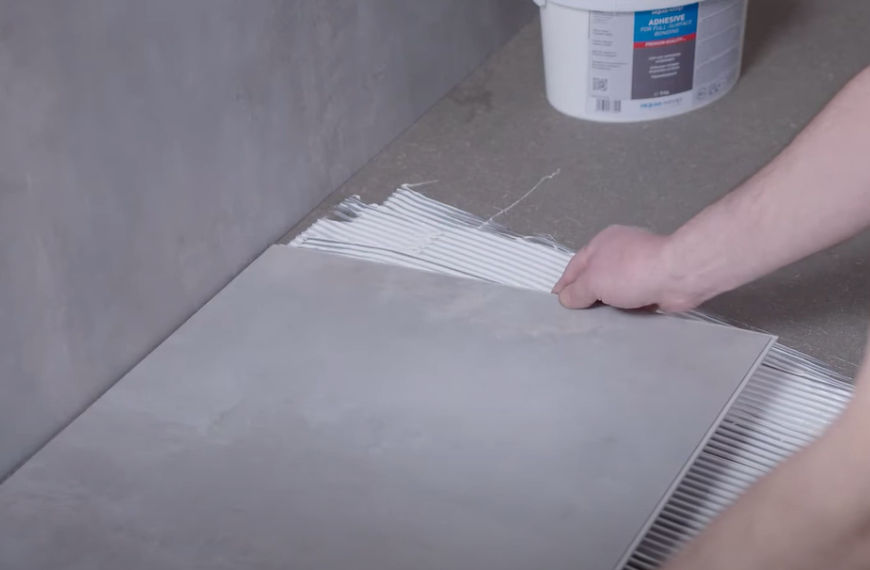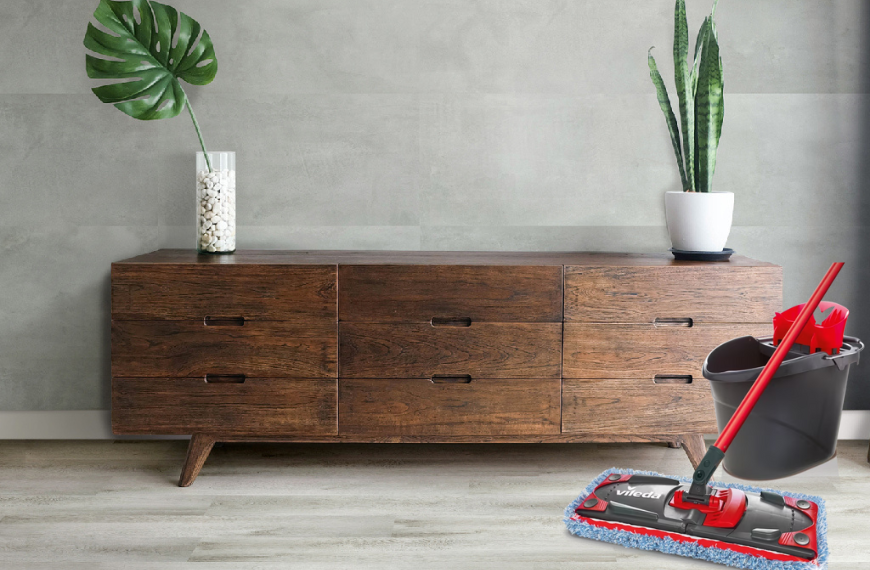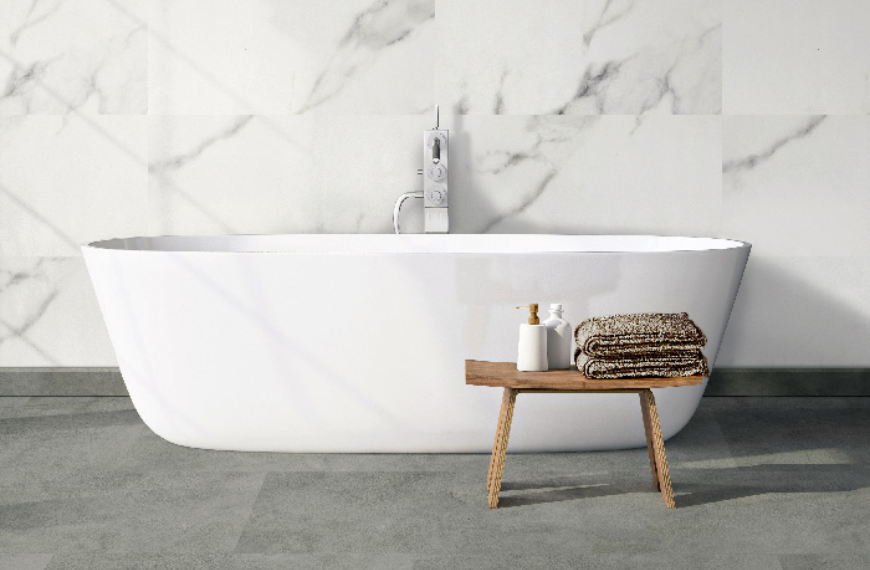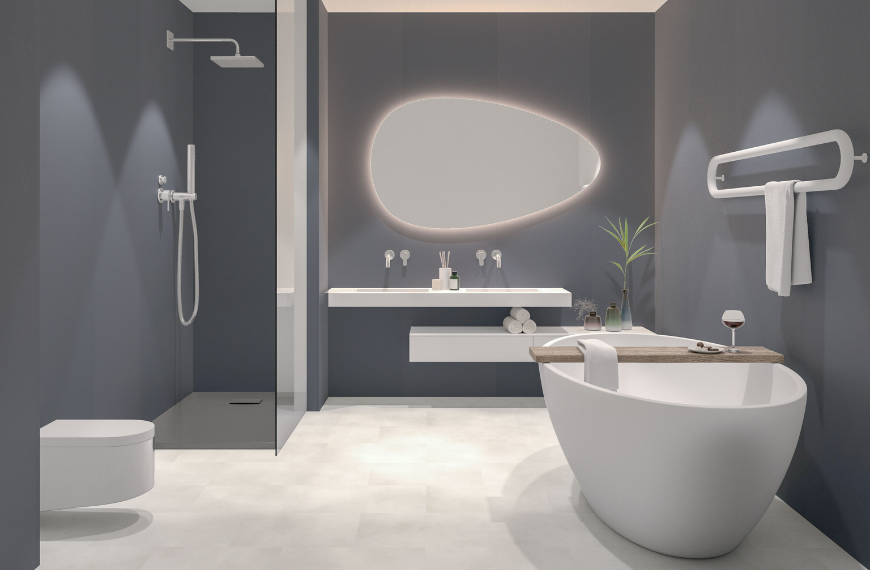How to Select the Appropriate Subfloor for Your Flooring?
When acquiring a new flooring, it is crucial to consider whether you require a subfloor. For SPC floor panels, we always recommend the option of gluing or using a subfloor. Whether you desire to keep your house warm during cold winter days or revel in a refreshing shower late at night without disturbing your housemates, a subfloor presents the perfect solution. It provides insulation against moisture and cold, dampens sound, and ensures a level surface. However, each floor and space necessitate a suitable subfloor. Curious about how to make the right choice? Allow us to elucidate thoroughly.
The Proper Subfloor for Floating Floors
For floating floors, where the floor is not glued or nailed to the subfloor, using a subfloor is advisable. The choice of subfloor depends on the type of floor and the specific circumstances of its installation. For SPC flooring, we always recommend the specially designed Secura LVT Click Smart subfloor.
Subfloors for Various Types of Flooring
The selection of the appropriate subfloor often depends on the type of flooring you have chosen. For engineered parquet, laminate, SPC, vinyl, PVC, or LVT flooring, various subfloor options are available. Engineered parquet and laminate floors are thicker (ranging from 6 mm to 15 mm) and require a subfloor of 1.5 mm to 7 mm in thickness. Additionally, pay attention to the height of the doors, as excessive build-up height may necessitate door adjustments.
PVC, vinyl, or SPC vinyl floors are thinner (3-5 mm) and require a thinner subfloor (1-1.5 mm). An essential aspect for these floors is the compressive strength of the subfloor. Due to their limited thickness, excessive movement in the click joints should be avoided when walking over them. A sturdy subfloor ensures the integrity of the connections and keeps the floor looking beautiful for an extended period.

Subfloor Considerations for Apartments and Residential Houses
In apartments, it is often required to use a subfloor with excellent sound insulation to prevent excessive noise transmission to the lower floors. There are subfloors certified for sound insulation of up to 10dB Lin. For residential houses, sound insulation is less critical, allowing you to prioritize the features that matter most to you.
Leveling the Substrate
Depending on the thickness of the subfloor, it can level minor height differences in the substrate, eliminating the need for floor leveling. A thicker subfloor (5-7 mm) can level height differences up to 4-5 mm (measured over 1 meter), while thinner subfloors (1.5-2.2 mm) can level height differences up to 1-2 mm (measured over 1 meter).
Suitability for Underfloor Heating
Who wouldn't want warm feet when getting out of bed in the morning? With many homes equipped with underfloor heating nowadays, it is essential for the subfloor to have low thermal resistance and excellent heat conduction. For more information on thermal resistance, refer to our document on underfloor heating. Also, explore our laminate floors suitable for underfloor heating.
Subfloor for Sound Insulation and Noise Reduction
Noise from heels, rolling office chairs, or objects falling on the floor can quickly become bothersome, especially in apartment buildings. Thus, effective sound insulation is paramount. Sound damping can involve reducing footstep noise or isolating sound transmitted downwards (sound insulation). For maximum sound insulation, such as in apartments, thicker subfloors (starting from 5 mm) are often necessary for floating laminate or wooden floors. The drawback is that these subfloors are not suitable for underfloor heating. For residential houses, there are subfloors that offer slightly less sound insulation but are compatible with underfloor heating. Regarding the reduction of footstep noise, thinner subfloors outperform thicker ones.
PVC, LVT, SPC, and vinyl floors naturally offer better sound damping. Even without a subfloor, the footstep noise with these floors is significantly lower than with laminate or wooden floors. By using a subfloor, you maximize the sound advantage and can use these floors in apartments, even in combination with underfloor heating.
Convenience of Subfloor Installation
Subfloors are available in various forms, such as rolls, sheets, or accordion panels. Rolls often offer the best cost-effectiveness, but you must cut and affix the subfloor yourself. Sheets and accordion panels are slightly more expensive, but they are easier to install without the need for tape.
Moisture Isolation
When laying floating floors on concrete or a leveling layer, it is essential to place a moisture isolation layer beneath the floor to prevent moisture accumulation. Many subfloors already come with an integrated moisture isolation layer, eliminating the need for a separate application. For wooden substrates, a moisture isolation layer is unnecessary.
Subfloor for Cold Insulation
Desiring warm feet even without underfloor heating? In that case, it is recommended to use a thicker subfloor. Subfloors with a thickness of 5-7 mm offer excellent cold insulation.
Level of Foot Traffic
The more intensively a floor is walked upon, the more crucial it becomes for the floor to flex as little as possible. Excessive movement in the click joints between the panels can lead to wear and tear, compromising the fit. For intense usage, opt for a sturdy subfloor with high compressive strength, which typically corresponds to thinner subfloors. This is particularly important in commercial settings, such as in stores.
Order Your Subfloor at Aqua-Step.com
At Aqua-Step.com, we are delighted to provide tailored advice for your subfloor needs. If interested, do not hesitate to contact us for a customized quote."






